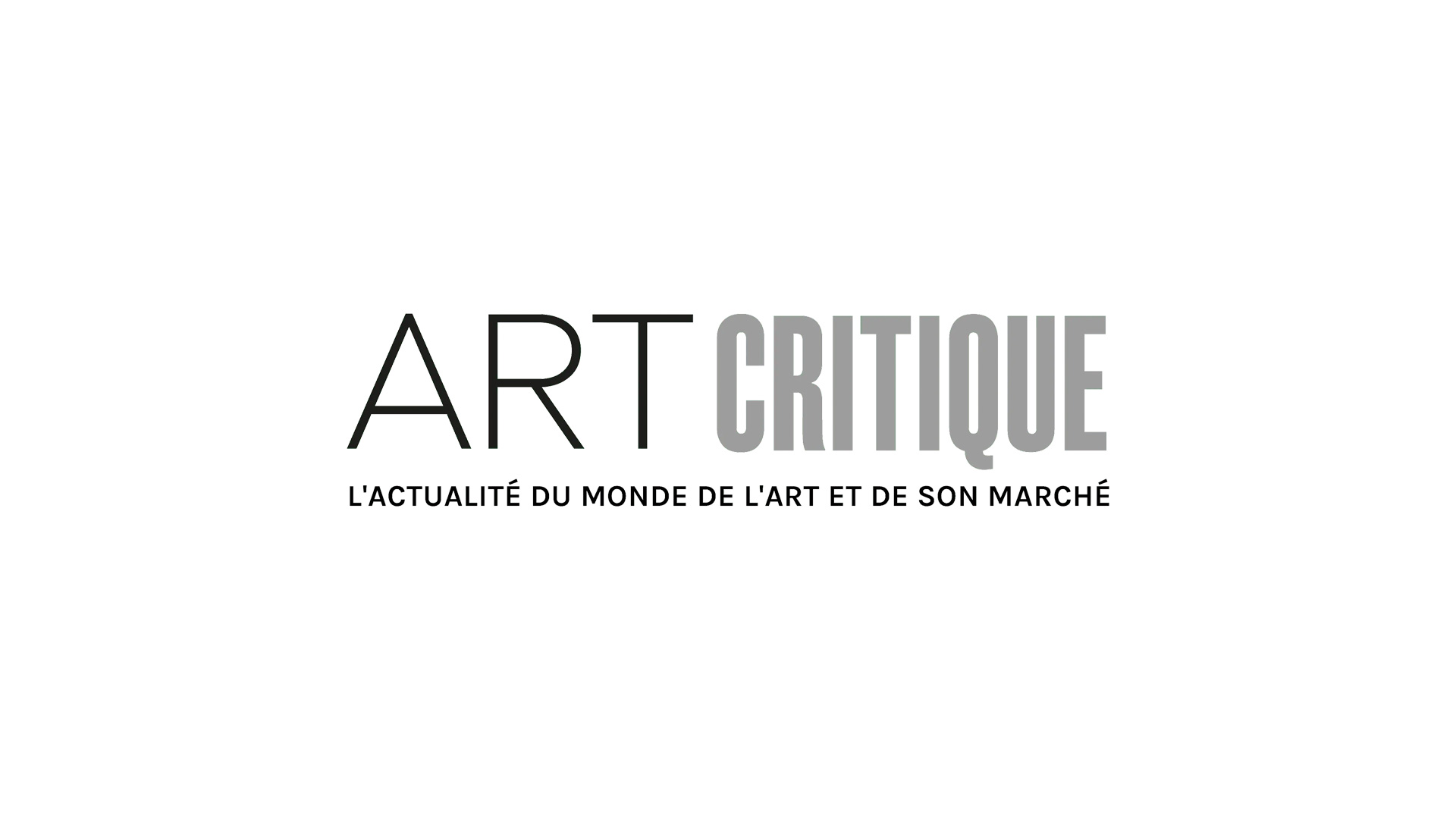On July 3rd, Germany returned Quai de Clichy. Temps gris by Paul Signac to the family of Gaston Prosper Lévy, the late French art collector and real estate broker.
The painting was part of a massive trove of Nazi-looted artworks that were in collection of Cornelius Gurlitt, whose father was an art dealer notorious in the stolen art trade of World War II. It, along with 1,500 other works potentially stolen or sold under duress during the war, were found after Gurlitt was investigated for tax evasion in 2012. Since then, researchers have been working to identify the rightful heirs of many of the paintings. So far, seven heirs have been identified by the German Art Lost Foundation and Quai de Clichy. Temps gris is the sixth painting to have been returned. In March of this year, the foundation announced that it had identified the Signac.
‘A countless number of mostly Jewish collectors of art and cultural objects, such as [Lévy], were persecuted, robbed, or expropriated by the National Socialists,’ said Germany’s culture minister Monika Grütters. ‘Others had to sell their property far below its value, or leave it behind when they fled or emigrated. This suffering and injustice can never be rectified.’ The return of the painting, added Grütters, gives ‘at least a little bit of historical justice.’
Read more:
One lawyer’s take on returning Nazi-looted artworks: an interview with Orna Artal
City of Krefeld rejects claims to Mondrian paintings
Lévy, who was Jewish, was a fond collector of post-Impressionist artists and in 1927, he acquired Signac’s painting. When Lévy and his wife fled to Tunis in 1940, they sent their collection to their second home in the hopes that it would be safe there. Unfortunately, just a few months later, their home was seized and there are eyewitness reports of German soldiers taking the very Signac that was returned just over a week ago. The artwork was later purchased by Gurlitt’s father, Hildebrand Gurlitt, who often bought looted works for his personal collection as well as for the museum that Hitler planned to open in Austria.
A couple years after the shocking discovery, Gurlitt again made headlines when he bequeathed the entirety of his collection to Switzerland’s Kunstmuseum Bern after his death in 2014. The Kunstmuseum Bern have since been working with German authorities to figure out the rightful owners of about a third of the artworks that were part of the collection. In 2017, the works were part of two major exhibitions in Bern and Bonn, Germany, titled ‘Gurlitt: Status Report,’ which presented the works for the public to see – many of which had never been shown before.
The return of the painting is significant as, at the moment, the restitution of works taken or sold under duress during World War II is an incredibly active field that is not at all easy to navigate. While the family of Lévy has seen the return of the painting taken, a number of other battles continue between claimants and individuals and institutions that own the works now. What can make matters even more difficult is that Germany has particularly strict laws on the return of works from the era. However, hopefully the works identified from this trove are able to get back to their rightful owners smoothly.





